Innovations in Product Development
Innovations in product development play a crucial role in shaping the Almond Products Market. Companies are increasingly introducing new almond-based products, such as flavored almond snacks and fortified almond beverages, to cater to diverse consumer preferences. This trend is supported by Market Research Future indicating that innovative product offerings can lead to a 20% increase in sales for brands that effectively meet consumer demands. Furthermore, the introduction of convenient packaging solutions and ready-to-eat formats enhances the appeal of almond products, making them more accessible to busy consumers. As a result, the Almond Products Market is likely to witness sustained growth driven by continuous innovation.
Sustainability and Ethical Sourcing
Sustainability and ethical sourcing are becoming increasingly important factors influencing the Almond Products Market. Consumers are more inclined to purchase products that are produced sustainably and ethically, leading to a rise in demand for almonds sourced from environmentally responsible farms. Recent studies indicate that brands emphasizing sustainable practices can enhance their market share by up to 15%. This trend is not only beneficial for the environment but also aligns with consumer values, as individuals seek to support brands that prioritize ethical production methods. Consequently, the Almond Products Market is likely to see growth as companies adopt sustainable practices and communicate their commitment to ethical sourcing.
Rising Demand for Nut-Based Products
The Almond Products Market experiences a notable increase in demand for nut-based products, driven by a growing consumer preference for healthier snack options. As individuals become more health-conscious, they are gravitating towards almonds due to their nutritional benefits, including high protein and healthy fat content. Recent data indicates that the nut-based snack segment is projected to grow at a compound annual growth rate of approximately 5.5% over the next five years. This trend suggests that the Almond Products Market is well-positioned to capitalize on the shift towards nutritious snacking, as consumers seek alternatives to traditional snacks that are often high in sugar and unhealthy fats.
Expansion of Vegan and Plant-Based Diets
The Almond Products Market is significantly influenced by the expansion of vegan and plant-based diets. As more consumers adopt these dietary preferences, the demand for almond-based products, such as almond milk and almond butter, is likely to surge. Data shows that the plant-based food market is expected to reach a valuation of over 74 billion dollars by 2027, indicating a robust growth trajectory. This shift towards plant-based eating not only aligns with health trends but also reflects a broader societal movement towards sustainability and ethical consumption. Consequently, the Almond Products Market stands to benefit from this increasing consumer inclination towards plant-derived food options.
Increased Awareness of Nutritional Benefits
The Almond Products Market benefits from increased awareness of the nutritional benefits associated with almond consumption. Research highlights that almonds are rich in vitamins, minerals, and antioxidants, which contribute to overall health and wellness. This heightened awareness is reflected in consumer purchasing behavior, with a significant percentage of individuals actively seeking out almond products for their health benefits. Market data suggests that the health food segment, which includes almond products, is projected to grow at a rate of 6% annually. This trend indicates that as consumers become more informed about nutrition, the Almond Products Market is likely to experience a corresponding increase in demand.


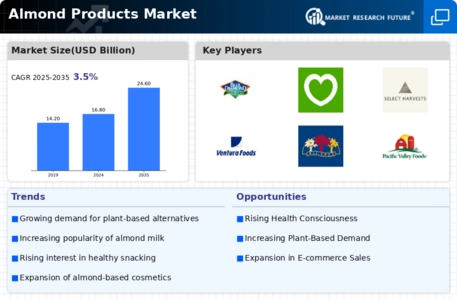
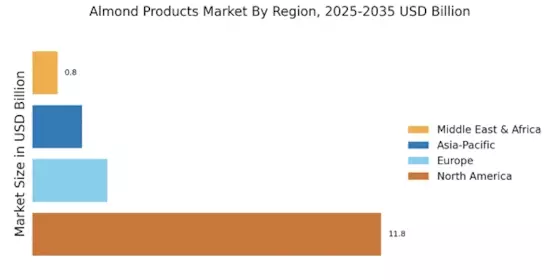
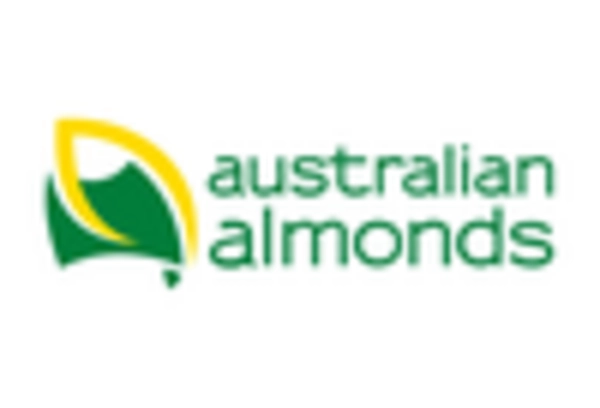

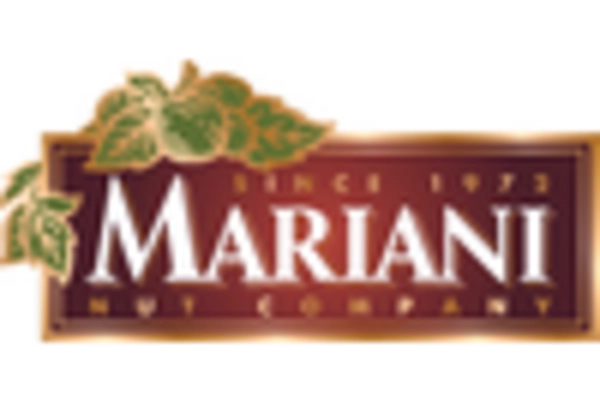

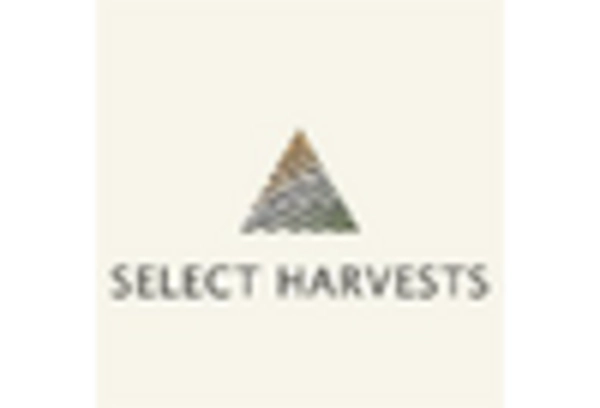









Leave a Comment